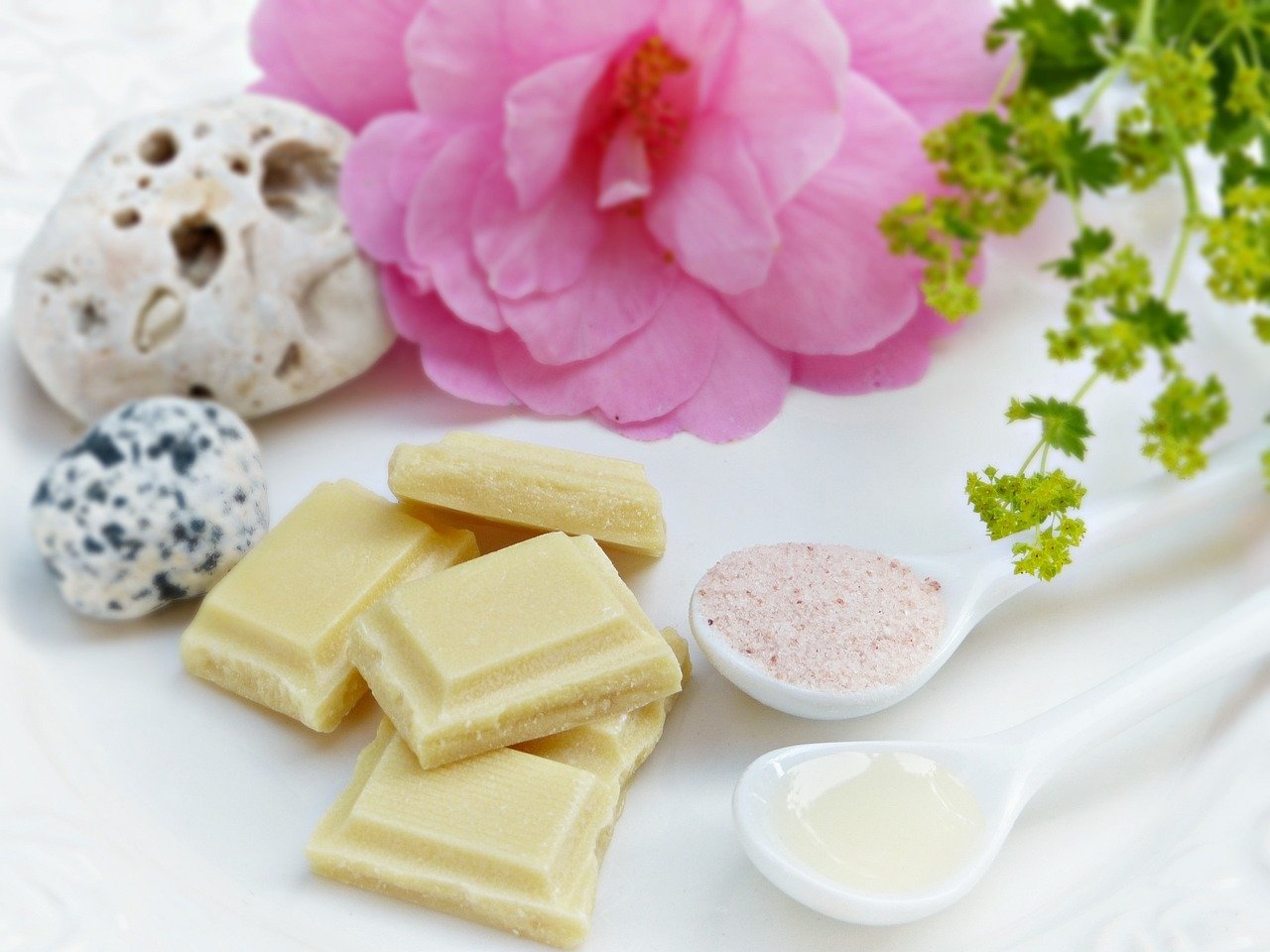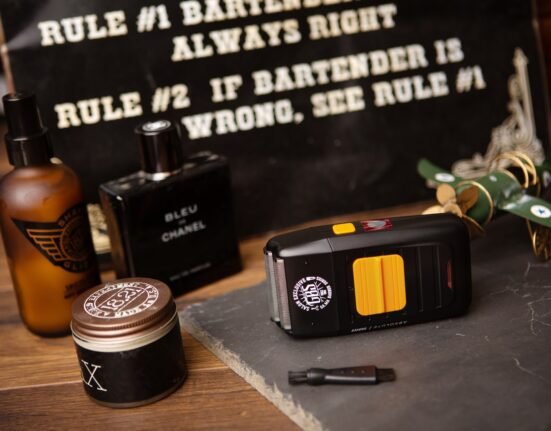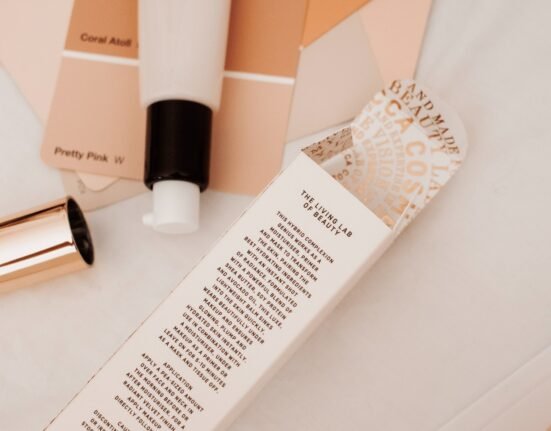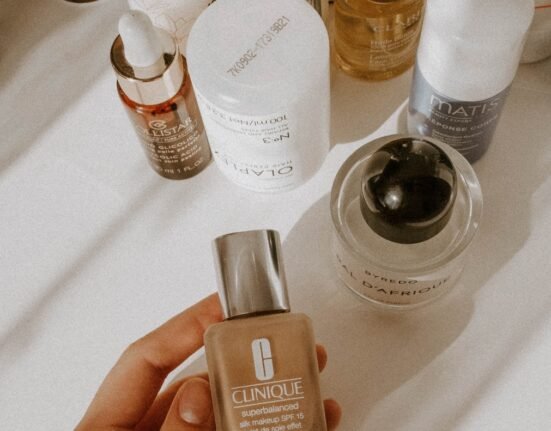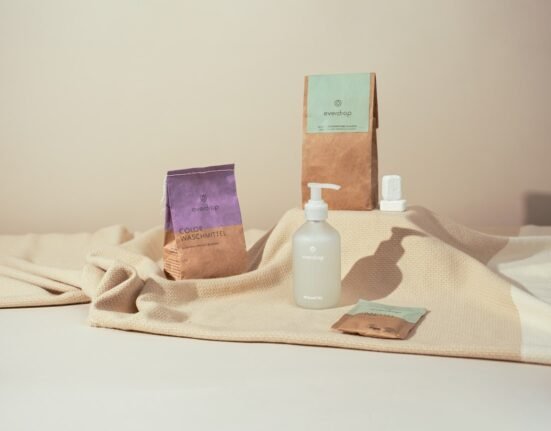Table of Contents
TogglePeelings
These are cosmetic products that remove the keratin layer, which is on the top layer of the skin and consists of dead cells, with the abrasive substances in its structure, and performs physical peeling.
The upper surface of the skin is covered with dead cells containing 10-15% water. These cells work regularly until the average age of 25 and are easily removed from the skin surface. In later ages, the functions of the cells slow down and their excretion through the skin becomes difficult. Accumulated dead cells combine with environmental dirt and oil secretions of the skin to form a layer on the skin surface. This prevents skin functions, irregularizes the oxygen exchange in the skin, changes the skin color and makes it pale. As a result of clogged skin pores, blackhead formation increases. This layer, which cannot be removed from the skin with normal cleaning methods, is destroyed by the peeling method.
By removing the dead layer on the surface, they make the skin look cleaner and brighter, and they accelerate blood circulation by stimulating the nerves under the skin with the physical effect it creates. The scrub application, which is included in the traditional bath culture of the Turks, also performs the same task as peeling.

Types of Peels
Peels are generally examined in two groups:
– Water-free peeling products: Contains water-soluble abrasive substances (different salts and sugars). These are generally recommended for the body, especially the hands and feet. The salts in their structures shape the body silhouette.
– Water-containing peeling products: These are products similar to mud, gel or cream. These contain water-insoluble abrasives. The abrasive substances they contain are natural shells, seeds (such as apricot kernels, almond shells, grape seeds, peach kernels, nutshells, cottonseed shells), different polymers (beads or powdered polyethylene, powdered nylon, cellulose beads, etc.) and pumice stone. Their abrasive power depends on the hardness, shape and size of the particles. Products of this nature are generally prepared for use in the face area, and depending on our topic, this group of peelings and their types will be discussed.
Cream Peels
They are peelings that contain a large number of abrasive granules in their structure and are in the form of some basic cream or gel. The size and amount of abrasive granules in their structure differ according to skin types and the manufacturer. It is undesirable for these granules to be too large so as not to cause skin irritation.
Thanks to the granules in their structure, cream peelings remove dirt and dead cells on the skin better and provide a deeper cleaning. The friction effect created by abrasives acts as a massage and stimulates the nerves, accelerating blood circulation.
There is a point to be considered in the use of cream peelings, which is that they should not be applied to acne, sensitive and couperose skins. Because the granules can cause the acne heads to break off in acne-prone skin and spread the bacteria inside. It can increase the sensitivity even more in sensitive skins, and in skins with cuperose, it can widen the capillary cracks with the effect of abrasion.
Application Method
Peels are applied to cleansed skin. The peeling cream taken in sufficient amount to the hand is spread by rubbing the hands together. It is then massaged and distributed over the entire décolleté and face with circular movements in the direction of the muscle. During the massage, the hands are dipped in water from time to time to make the cream slippery. This process continues for 2-3 minutes. Peeling is removed from the skin by wiping with a wet sponge or cotton.
The points to be considered in the application are not to apply peeling around the eyes and to clean the skin so that no granules are left on the skin.
Enzyme Peels
Peelings with active ingredients of flaxseed and wheat prepared especially for problematic and sensitive skin. In cases where the use of granular peels is not appropriate, enzyme peeling is used. Its function on the skin is to remove dead cells, dirt on the skin, congestion and blackheads from the skin surface by digesting it, and thus it is an ideal preliminary preparation for skin cleansing. It can be used on any skin type.
Application Method
Enzyme peeling is placed in a mask container and warm water recommended by the manufacturer is added and mixed thoroughly. It is applied to the face, neck and décolleté with the help of a brush, paying attention to the muscle direction. It is waited for 10-15 minutes accompanied by steam or moist hot compress. This period is kept shorter in sensitive skins. As long as the peel stays on the skin, it should be kept moist. At the end of the waiting period, the peeling is thoroughly cleaned with a warm moist compress. It should never be applied to a very large area around the eyes and around the lips. If steam will be applied during the waiting period of the peeling, the eye area should be covered with cotton pads.
Gomaj Peeling
The word gomaj is a word of French origin and means “erasing with an eraser”. Gomaj peels, as the name suggests, are peelings that are removed from the skin by rubbing or peeling.
It is suitable for all skin types except very sensitive and acne-prone skin. It is generally granular and creamy in texture. However, there are also types containing very tiny granules that some companies offer to the market. Gomaj peelings are ideal products for skin with cuperosis, but those with a granular structure are not suitable for use on such skin.
Gomaj peelings bring the skin’s natural glow, prevent the formation of pigment spots and lighten existing ones. The thickened keratin layer softens and prevents the thickening of this layer in regular use. It increases the effectiveness of the care to be applied after its use.
Application Method
It is applied as a thin layer after skin cleansing. It takes a while to dry. After it dries well (it can be understood by the dulling of its color) it is rubbed with fingertips. In this way, the skin is completely cleansed of the product and then cleaned with a wet sponge. On the other hand, gomage peelings, which are completely frozen on the skin, are removed from the skin by gently peeling them with the help of fingers. The manufacturer’s recommendations regarding the removal of the mask should be taken into account. It is recommended to be applied 1-2 times a week, and once every 2 weeks for sensitive skin.
